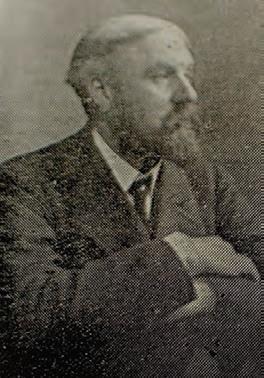ARKLOW
ARKLOW
– Jim Rees
Conflict continues: 1921 Wicklow was regarded by the British as being a relatively quiet county during the War of Independence, and it escaped the martial law that was imposed on Wexford, Kilkenny and several Munster counties at that time.1 Nonetheless, life was far from normal in Arklow and environs as the conflict moved into 1921.
Military raids On Thursday morning, 6 January 1921, a lorry load of British military personnel descended on the premises of William Wolohan, a hairdresser in Bridge Street. The party searched the house for about ten minutes and were obviously looking for someone rather than merely making a nuisance of themselves. A rumour was circulating that a young man on the run was on the premises. On exiting the premises without a fugitive, the soldiers approached a group of men who were standing on the corner of Bridge Street and took away two individuals named Fitzgerald and O’Brien. They were detained briefly before being released without charge.2 The following week, more searches for ‘two wanted men’ were carried out. The unnamed fugitives appear to have had several narrow escapes, and the fact that they were still believed to be in the town suggests that they were locals. Several houses in Lower Main Street (Weadick, Doyle, Tutty and J. New) were raided, as was Daniel New’s shop in Main Street. On 15 January, the Wicklow People carried a report of another raid: On Wednesday evening about 6 p.m. they [the military] raided the pub of J. O’Rafferty and ordered him to close the premises until further notice. When he asked why, he was simply told that it was ordered by the competent military authority. As far as is known, Mr. O’Rafferty is not active in politics, and the only apparent reason for the closure is the fact that three young men were arrested there some weeks ago.3
33




























